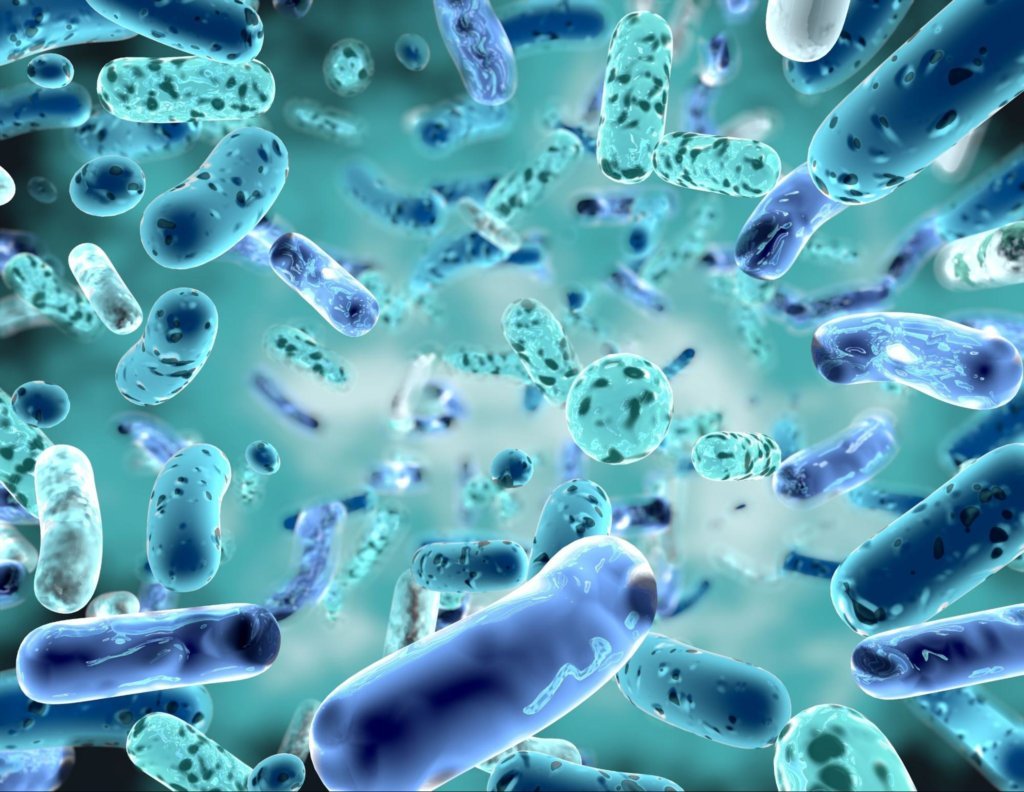Unprotected exposure to UV radiation UVA, UVB, and increasingly UVC can damage the skin, accelerating aging and raising cancer risks. The skin microbiome plays a vital role in barrier function, immunity, and inflammation regulation. In this context, probiotics and their heat-treated, non-viable forms (postbiotics) have emerged as promising agents in skincare. Unlike live probiotics, heat-treated forms offer better shelf stability without losing beneficial activity, making them appealing for cosmetic formulations. This study investigates how five heat-treated probiotic strains (Skinbac™) protect the skin against UV-induced damage at a molecular level.
Methods
Five Skinbac™ probiotic strains were tested on HaCaT keratinocytes, primary human keratinocytes, and a 3D full-thickness skin model. These models were exposed to UVA, UVB, and UVC radiation, followed by treatment with the probiotics. Researchers evaluated cell survival, gene expression (TP53, IL-6, HMOX1), and the presence of key tight junction proteins (Claudin-1, Claudin-4, Occludin).
Key Findings
- Improved Cell Survival: All strains significantly increased post-UV cell viability in both 2D and 3D skin models.
- Reduced Oxidative Stress & Inflammation: SB03 and SB04 notably suppressed HMOX1 and IL-6 expression in UV-exposed skin, indicating antioxidant and anti-inflammatory action.
- Protection Against DNA Damage: All strains inhibited TP53 expression, which is typically activated by UV-induced apoptosis and DNA repair.
- Enhanced Barrier Function: After UVC damage, treated skin cells showed increased tight junction proteins, helping restore barrier integrity.
- Resilience to High-Energy UV: Efficacy against UVC exposure suggests broad-spectrum protection under extreme UV stress.
This research highlights heat-treated probiotics as a potent tool in UV photoprotection. By reducing oxidative stress, inflammation, and DNA damage, while reinforcing barrier proteins, Skinbac™ strains represent a stable, scalable innovation for sunscreens, after-sun care, and anti-aging formulations. Their resilience and multi-target action make them highly suitable for next-generation dermatological and cosmeceutical products.
Link to the study: https://www.mdpi.com/2079-9284/12/3/121

